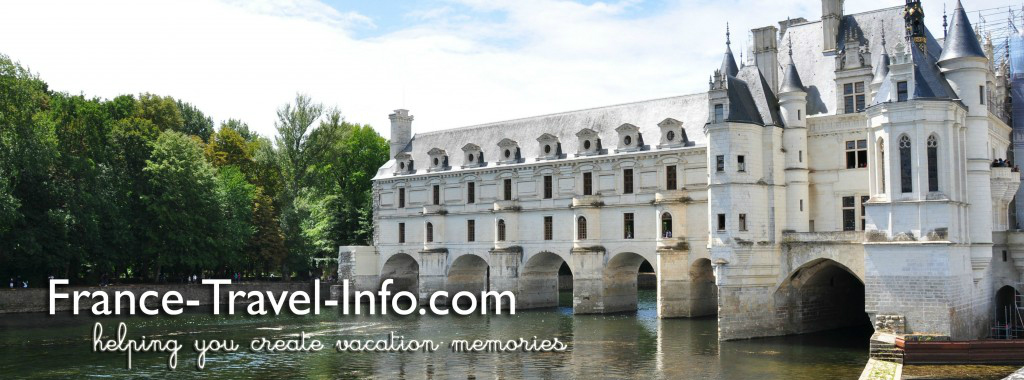Charité – A Mother’s Love in Action
I definitely love the maternal theme of this bas-relief. The devoted mother gives her attention to the other children as she feeds her youngest. There is a quiet simplistic beauty to the scene.

I finally decided it was time for a bit of historical research.
What I discovered about Charité
My research revealed that this was at one time part of the Fontaine de Saint-Amboise. I occasionally found this fountain referred to as Fontaine de la Charité (Charity Fountain) but I think that is a nomenclature error based on the name of the bas-relief (more later on this). Saint-Amboise Fountain was constructed in 1806, opposite rue Saint-Amboise.
Charité is the name of the bas-relief on this fountain and is all that remains of the fountain which was created by Augustin Félix Fortin. The creation of this fountain (and others) resulted from a decree by Napoleon Bonaparte as part of a project to facilitate distribution of water to the citizens of Paris.
This fountain was one of the early ones that pre-dated the completion of the Canal d’Orcq and Canal St-Martin. These early fountains were not “fancy” as they were for the dissemination of water. A nice representation of this era of fountains is La Fontaine de la Paix . Although only decorative today, we enjoyed the sound of the running water and the cool spray of its mist in the shade of the trees on the Allée du Séminaire.
Charité Fountain Location
According to historians, the fountain with the bas-relief of Charité was located at the point where rue de la Folie Méricourt meets rue de Popincourt. Square Saint-Amboise marks that location today. Street name recognition made it easy to trace references of Fontaine Popincourt to Fontaine Saint-Amboise.
The Saint-Amboise Fountain in the 11th arrondissement was subsequently destroyed in 1860. My conjecture is that it had something to do with the layout of the streets but I have not proof of that. Thankfully they saved this beautiful bas-relief! Only the urn at the bottom reminds us that this was once part of a fountain.

One Fountain, Many Names
The name of this defunct fountain is a good example of how one little error or mis-assumption on the internet can lead to multiple layers of confusion. To get to the point, not everything you read on the internet is true and if I have inadvertently made an error in assumption at any point in my writings, I would hope someone would kindly point it out! I try to be as accurate as possible.
I began this research thinking that the name of the fountain was Fontaine de la Charité as early into the search I found an internet post that referred to it as such. In fact, two similarly worded internet articles referred to the fountain by that name. An easy enough error since the name of the bas-relief is Charité.

However, history books indicate that Fontaine de la Charité was located on rue Taranne. In addition, this fountain (1675) was named for the Hôpital de la Charité located on the same street in the 6th arrondissement. Neither the street nor the hospital nor that fountain exist today. Note that this fountain was located location on the opposite side of the Seine to the fountain bearing the bas-relief of Charité.
Another whole story develops around the absorption of rue Taranne into Boulevard Saint-Germain. What little I read reminded me very much of Tatiana de Rosnay’s book The House I Loved (affiliate link). This engaging read tells of one woman’s fight as her street is swallowed up by the Haussman renovations. These renovations changed the face of Paris in the late 1800s.
One final name that appeared for Fontaine Saint-Amboise was the Pelican Fountain. Evidently, the fountain was in the shape of, or incorporated, a pelican in its design. Thus, we find a pelican sometimes associated with the name.
As for me, I would love to see an old photo or postcard of the original Fontaine Saint-Amboise. However, nothing turned up as I read about the bas-relief.
References for Charité
- Michael Bryan. Dictionary of Painters and Engravers, https://archive.org/stream/cu31924092716962#page/n5/mode/2up
- Levadé, Marie-Hélène (text) & Marcouyau, Hughes (images). Les Fontaines de Paris: l’eau pour le Plaisir, 2006, Paris, Éditions Chapitre Douze
- The History of Paris from the Earliest Period to the Present Day (Vol III, 2nd edition); 1832, Paris, Alignani, A.& W.



A photograph shows an American soldier at the end of WWI sitting on a low wall at a fountain. His descendants would like to know the location of the fountain so they can photograph themselves there. Do you know of a pictorial collection of French fountains that could be used to make the location identification?
I know of some Facebook pages that might be able to give you a lead if you have some idea of the town. I will email you what I am familiar with. This will be fun journey!